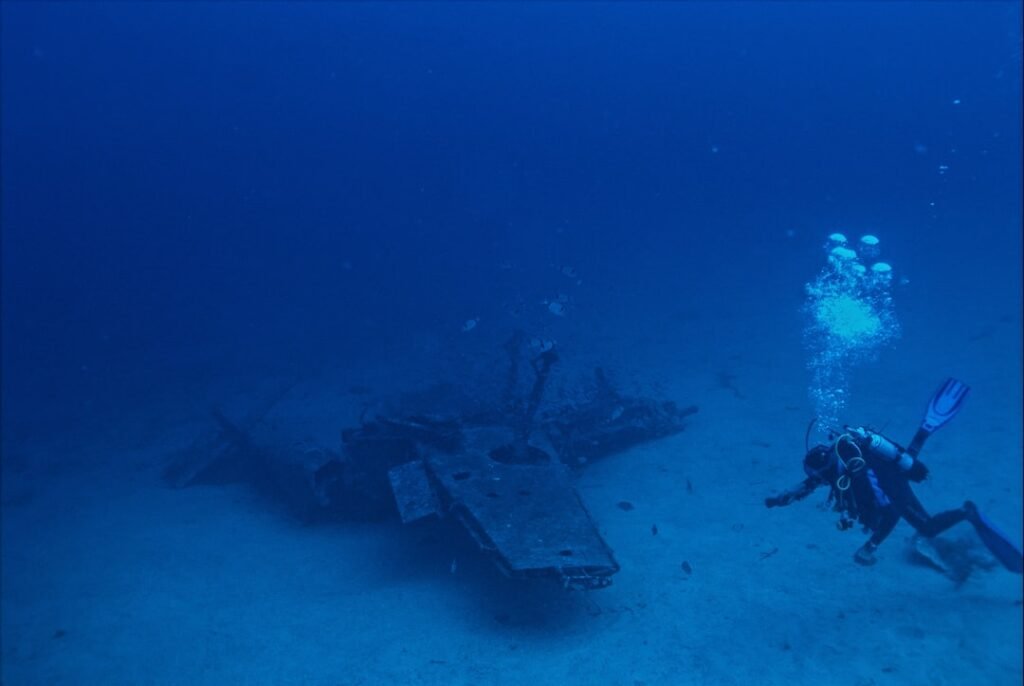The North Carolina coastline harbors one of the world’s most dangerous shipping corridors, where countless vessels have met their final fate over the centuries. You encounter a maritime nightmare zone stretching across the treacherous waters off the Outer Banks, where more than 5,000 ships have sunk in these waters since recordkeeping began in 1526. This notorious stretch of ocean earned its haunting nickname through a lethal combination of natural forces and human ambition that continues to claim vessels even today.
The waters here present a perfect storm of navigational hazards that would challenge even modern ships. Think of it as nature’s own maritime obstacle course, where shifting sands conspire with colliding currents to trap unwary mariners. The warm waters of the northbound Gulf Stream meet the cold waters of the Arctic Current off Cape Hatteras at Diamond Shoals, and the entire coast is an area of shifting inlets, bays, and capes, representing a shipping hazard for both coastal and transatlantic vessels. What makes this region particularly captivating is how it continues to reveal new stories from the depths, each wreck carrying its own tale of tragedy, heroism, or adventure.
The Geographic Forces Behind Maritime Destruction
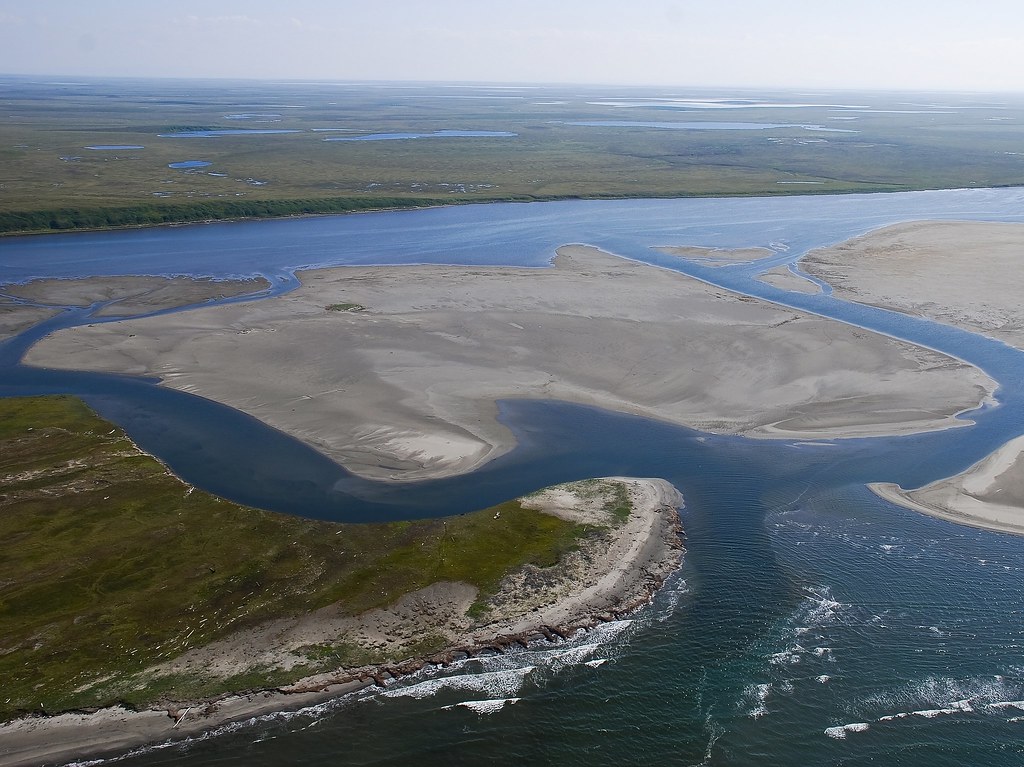
Understanding why this stretch of coastline became such a ship killer requires looking beneath the surface at the invisible forces at work. Off the Outer Banks, the northern barrier islands, cold continental shelf waters from the north and the warm water of the Gulf Stream meet at Cape Hatteras. This meeting of two major currents and temperatures allows for plentiful fishing and surf, but at a cost: unpredictable weather patterns.
The barrier islands themselves create an additional layer of danger that mariners must navigate. Direct access to the mainland is not possible along much of North Carolina, because it is lined by barrier islands. These are thin islands that run parallel to the mainland, built up of sediment deposited by winds and waves. Barrier islands are heavily affected by natural forces such as winds, currents, and storms, causing the islands to grow, shrink, scour, or move on a regular basis and making navigation problematic. Picture trying to thread a needle while someone keeps moving the thread and the eye.
Diamond Shoals: The Ship Trap of Cape Hatteras

Cape Hatteras represents the epicenter of destruction within the Graveyard of the Atlantic, where a particularly deadly formation lies waiting for vessels. Winds blowing from the northeast or the southwest at Cape Hatteras form longshore currents that carry sand and deposit it at the Cape to form Diamond Shoals. These underwater sand bars extend miles out to sea, creating a hidden maze that has ensnared countless ships throughout history.
Along the Outer Banks, navigational challenges posed by the Diamond Shoals area off Cape Hatteras, caused the loss of thousands of ships and an unknown number of human lives. What makes Diamond Shoals particularly insidious is its constantly changing nature, meaning that even experienced captains familiar with these waters could find themselves grounded on sandbars that hadn’t existed during their previous voyage. The shoals act like quicksand for ships, holding them fast while waves and weather gradually tear them apart.
USS Monitor: The Civil War Ironclad’s Final Journey
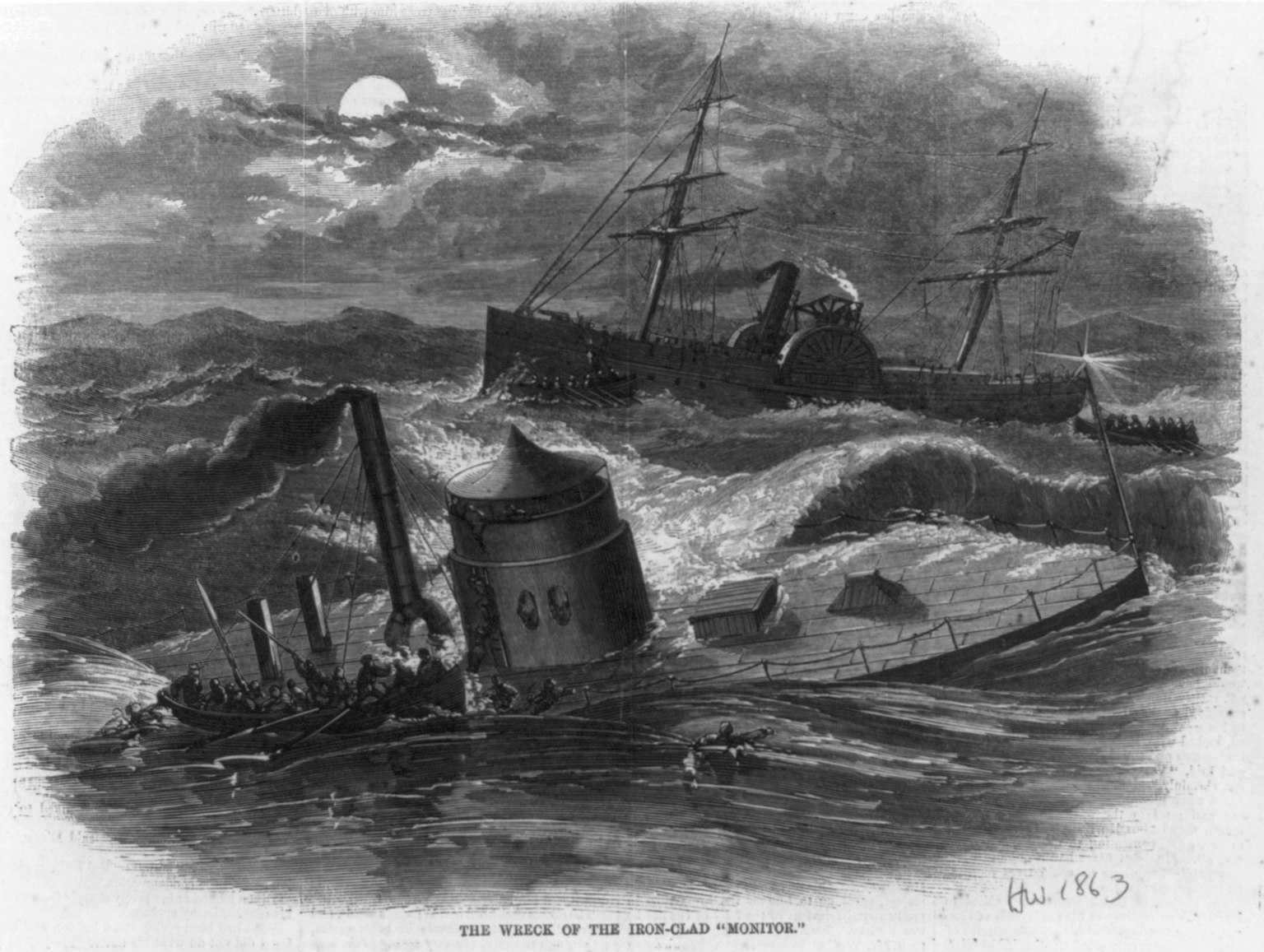
Among the most historically significant wrecks in the Graveyard lies the USS Monitor, the revolutionary Civil War ironclad that changed naval warfare forever. On her way there, she foundered while under tow during a storm off Cape Hatteras on the last day of the year. Monitor’s wreck was discovered in 1973 and has been partially salvaged. The ship’s final voyage demonstrated just how unforgiving these waters could be, even to the most advanced vessels of their time.
Today, the Monitor serves as both a war grave and a window into history for technical divers brave enough to make the descent. Resting at 240 feet below the ocean’s surface, the USS Monitor wreck site is not easily accessed by the average diver. However, for those qualified technical divers, the experience of coming face-to-face with history is one that will never be forgotten. We were liveboating, dropped in up-stream and had exactly 2 minutes to reach the bottom or risked blowing past the wreck in the current.
Blackbeard’s Flagship: The Queen Anne’s Revenge

Perhaps no shipwreck in the Graveyard carries more mystique than Blackbeard’s flagship, Queen Anne’s Revenge, which met its end in these waters through what some believe was deliberate action. Shortly after blockading Charleston harbor in May 1718, and refusing to accept Governor Robert Johnson’s offer of the King’s Pardon, Blackbeard ran Queen Anne’s Revenge aground while entering Beaufort Inlet, North Carolina, on 10 June 1718. The grounding may have been part of Blackbeard’s plan to consolidate his crew and treasure.
Intersal Inc., a private research firm, discovered the wreck believed to be Queen Anne’s Revenge on 21 November 1996. The shipwreck lies in 28 feet (8.5 m) of water about one mile (1.6 km) offshore of Fort Macon State Park. In all, over 400,000 artifacts have been raised from the site, including cannon shot, parts of the ship’s hull, tools, and glass trade beads. The wreck continues to yield treasures that provide insights into both pirate life and the Atlantic slave trade.
World War II: Torpedo Alley
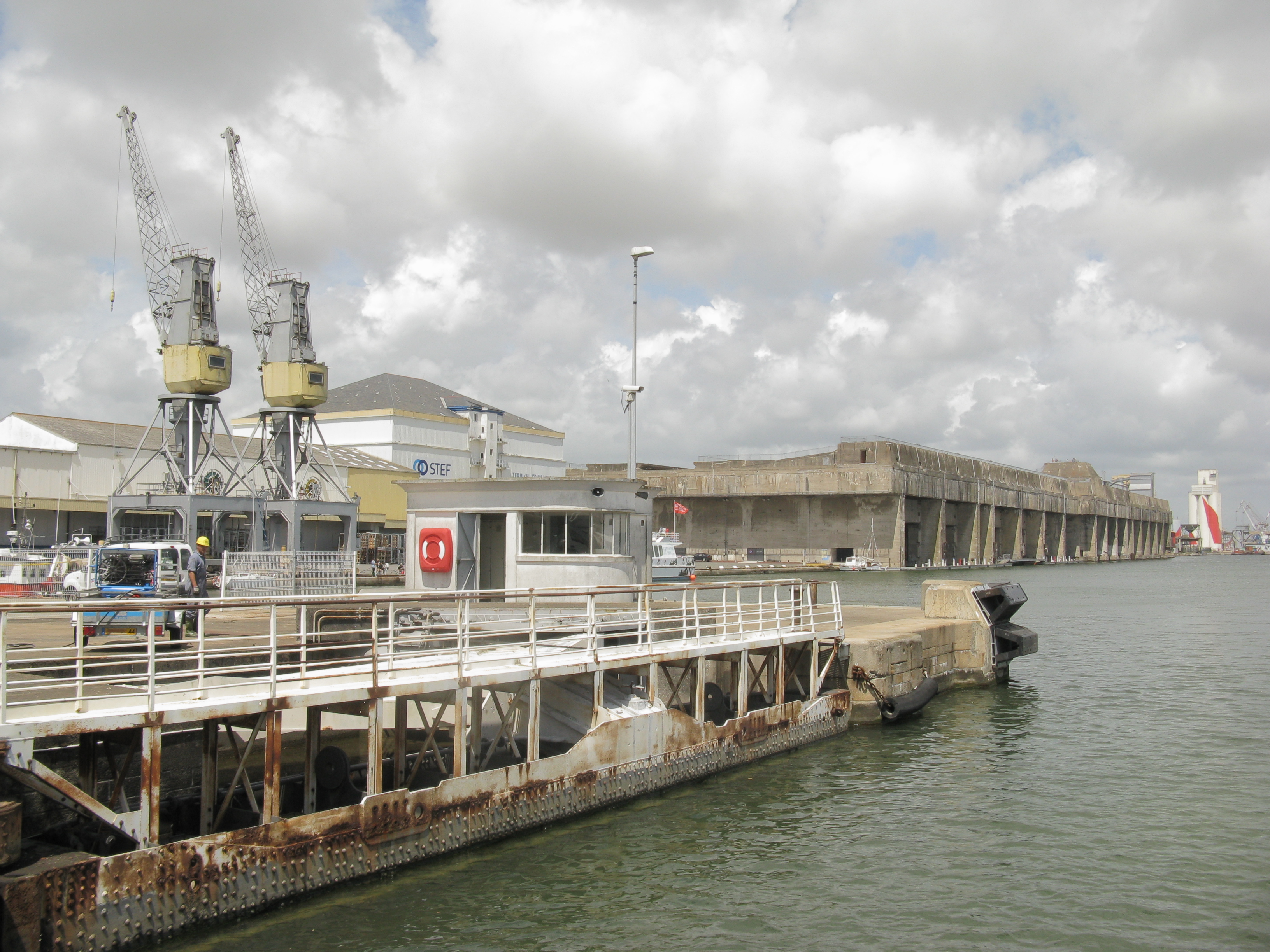
The waters off North Carolina transformed into a different kind of hunting ground during World War II, when German U-boats turned the area into what became known as “Torpedo Alley.” During World War II, German U-boats would sit offshore and prey on passing freighters and tankers silhouetted against the lights onshore. Hundreds of ships along the North Carolina coast were torpedoed by submarines in this fashion in what became known as Torpedo Alley.
The submarine warfare off North Carolina represents one of the war’s forgotten theaters, where merchant mariners faced deadly encounters just miles from American shores. They range from the tanker Mirlo, lost off Chicamacomico in 1918 after hitting a German mine, to larger tankers-a total of more than two dozen of them-sunk by Nazi submarines in 1942, including six in the course of one terrible day and night within sight of Cape Hatteras. These attacks brought the reality of global warfare directly to the Carolina coast.
Diving the Graveyard: Modern Underwater Exploration
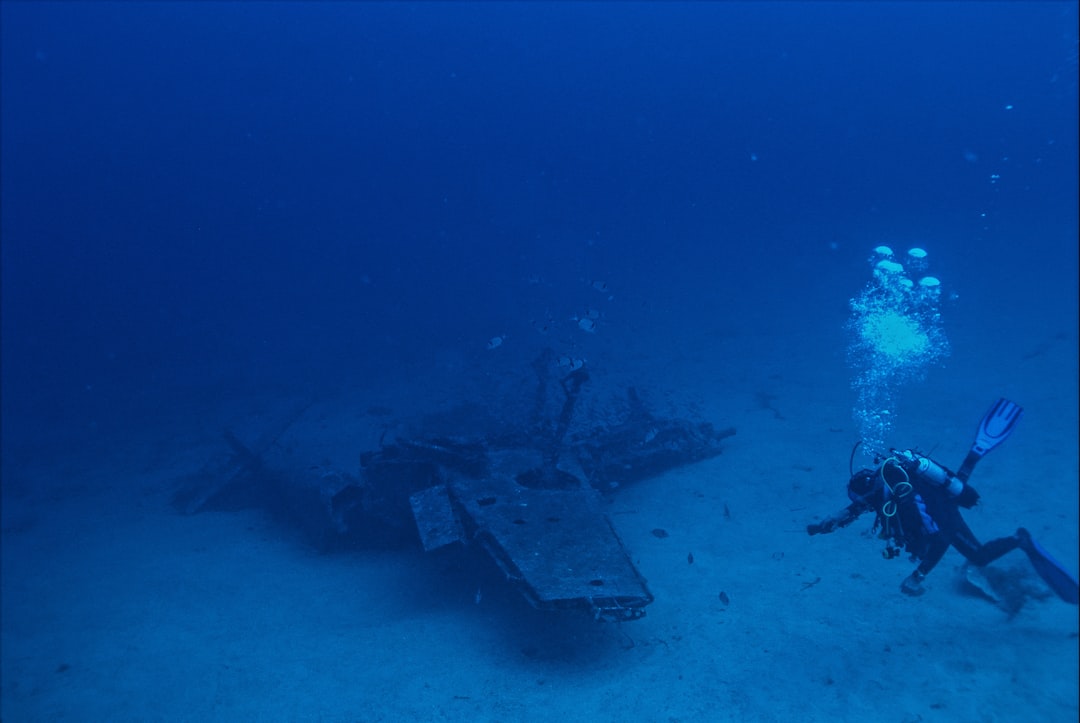
Today’s wreck divers find themselves exploring an underwater museum where each dive reveals new chapters of maritime history. Divers, snorkelers, and even kayakers can view some wrecks such as the triangle wrecks in Kill Devil Hills resting only 200 yards offshore and the Huron, resting just 250 yards off the coast of Nags Head. The accessibility of some wrecks makes them popular destinations for recreational divers seeking to touch history firsthand.
However, the more significant wrecks present serious challenges that require advanced training and specialized equipment. The waters off the Outer Banks can pose unique challenges to vessels and divers alike, thanks to the confluence of two major oceanic currents: the Gulf Stream and the Labrador Current. The warmer Gulf Stream, approaching from the south, and cooler northern waters collide around Cape Hatteras, compiling a recipe for challenging sea conditions. Even experienced technical divers must respect these waters and plan their descents carefully.
Preserving Maritime History: Museums and Conservation
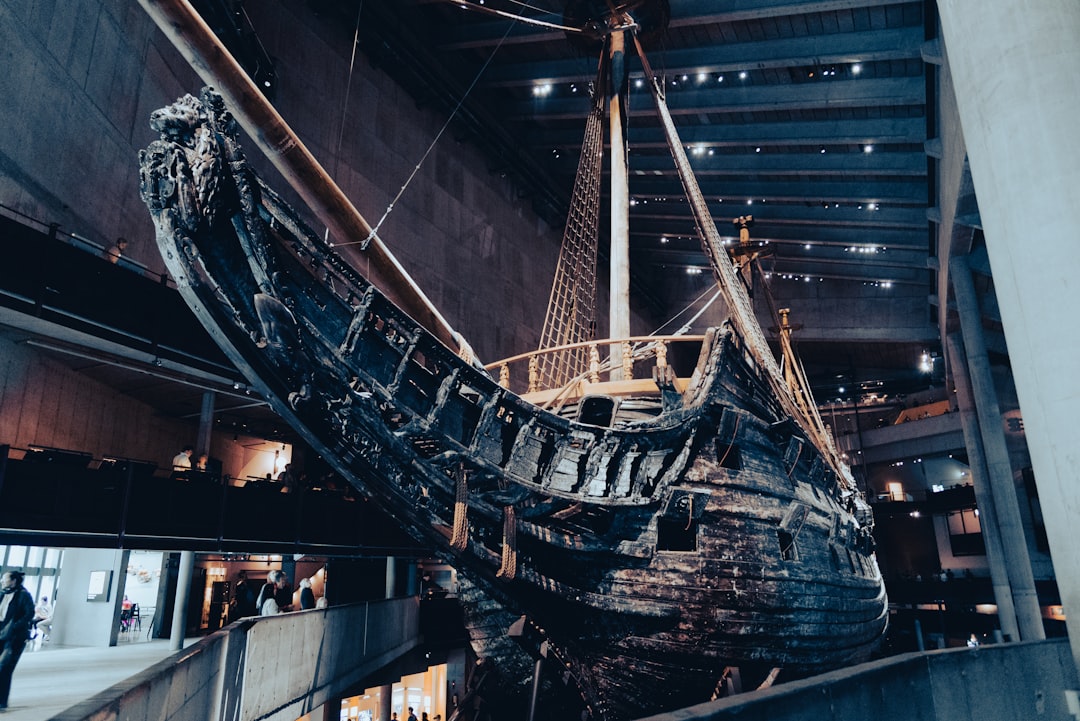
The stories buried beneath the waves find new life through dedicated preservation efforts that bring these maritime tales to the surface. The Graveyard of the Atlantic Museum, located in Hatteras Village, focuses on the history of this area and features many artifacts recovered from area shipwrecks. These institutions serve as bridges between the underwater world and public understanding of our maritime heritage.
Monitor National Marine Sanctuary maritime archaeologist and research coordinator Tane Casserley explains that “there are so many stories yet to be told off the coast of North Carolina.” Wrecks like Tarpon and Proteus are also popular dive sites, bringing tourists to the coast and bolstering the economy of North Carolina. Protecting these wrecks helps ensure that these underwater museums are maintained for future visitors. The balance between access and preservation remains a constant challenge for those managing these underwater treasures.
The Continuing Legacy of the Graveyard
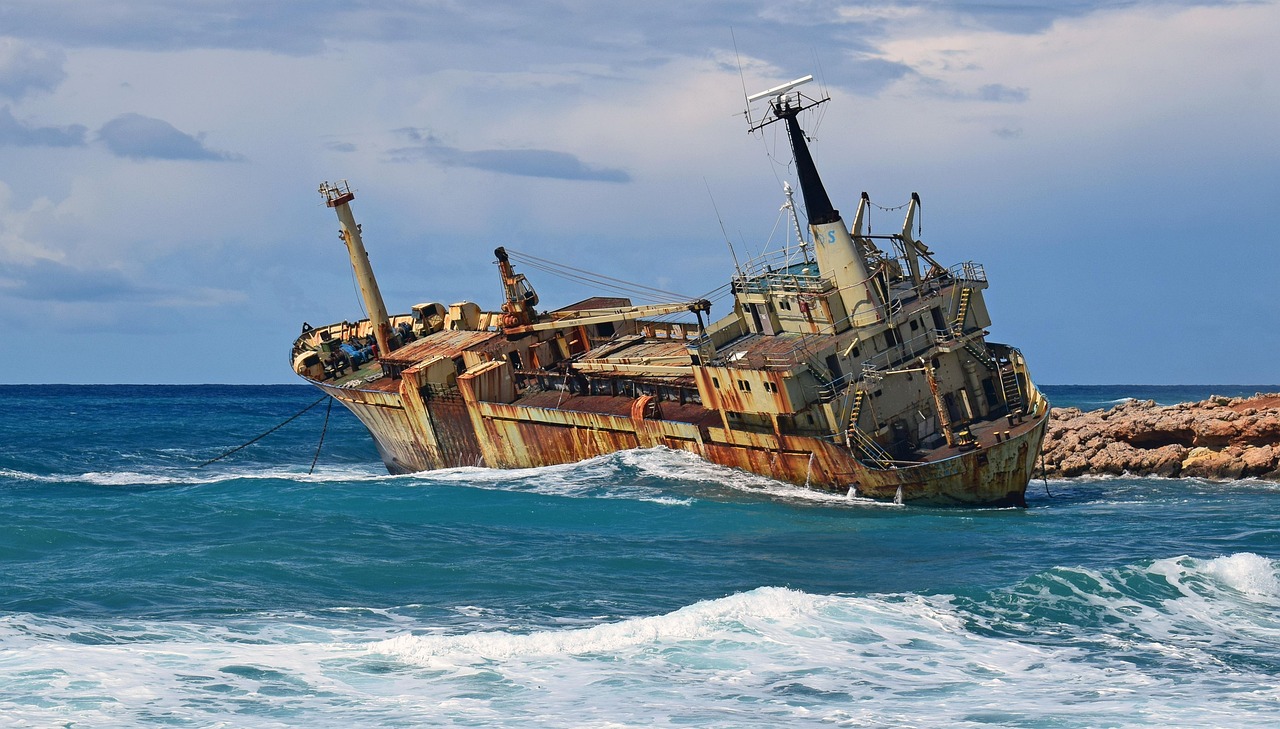
Even in our age of GPS navigation and advanced weather forecasting, the Graveyard of the Atlantic continues to claim vessels, proving that nature’s power hasn’t diminished over the centuries. In the twenty-first century, ships still have trouble in the area, including the Bounty, which sank off Cape Hatteras in 2012 due to Hurricane Sandy, and a 72-foot fishing boat called the Ocean Pursuit, which ran aground on Bodie Island in 2020.
The ongoing research and exploration in these waters reveals that we’ve likely only scratched the surface of what lies beneath. “There’s nowhere else in the coastal United States where you’re going to get wrecks from all these different time periods so close together and so close to shore,” he explains. “It’s a very special area.” Each storm that passes through can uncover new wrecks or rebury others, keeping the Graveyard’s secrets in constant flux.
The Graveyard of the Atlantic stands as a testament to humanity’s ongoing struggle with the sea’s raw power. From Spanish treasure ships to modern fishing vessels, these waters have witnessed the full spectrum of maritime drama. The stories emerging from the depths remind us that behind every wreck statistic lies human courage, tragedy, and the eternal pull of the horizon. As technology advances and more wrecks yield their secrets, the Graveyard continues to teach us about our maritime past while challenging us to respect the ocean’s enduring might.
What fascinates you most about these underwater time capsules? Share your thoughts about which wreck you’d most want to explore in the comments below.

Hi, I’m Andrew, and I come from India. Experienced content specialist with a passion for writing. My forte includes health and wellness, Travel, Animals, and Nature. A nature nomad, I am obsessed with mountains and love high-altitude trekking. I have been on several Himalayan treks in India including the Everest Base Camp in Nepal, a profound experience.

